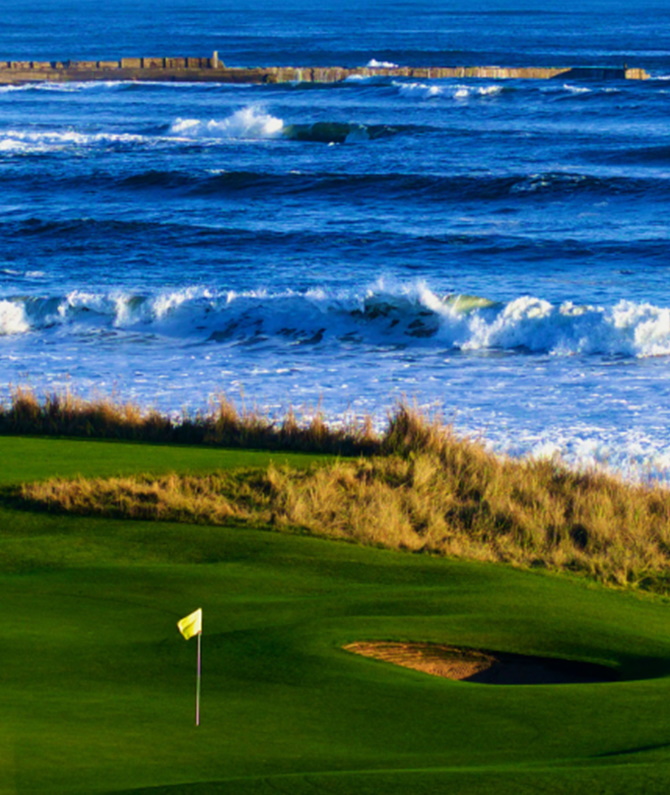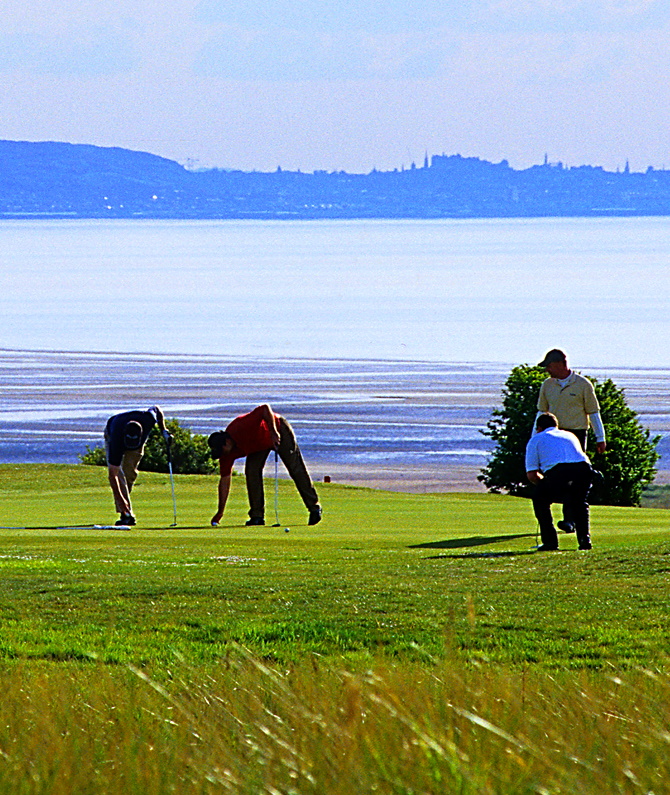
Gullane with the Edinburgh skyline background
This is straight-froward. The non-golf component has to be capable of standing on its own merits as a Scottish or Irish vacation irrespective of whether there is any golf involved or not. It hasn’t got to feel like it’s trying to tack onto it the nearest visitor attraction we think we can get away with. The needs of the non-golfer have to be accorded equal status. If a non-golfer perceives they’re being treated as additionality, an itinerary is halfway towards failing. Both golfer and non-golfer needs to come back each day and say “wow!”
In very broad terms, Scotland has five golf playing regions. Ireland has three. Some regions support a better non-golf complement than others. In Scotland that means Edinburgh, the Highlands, and Fife (St Andrews). Aberdeenshire and Ayrshire are strong for golf but weaker for non-golf.
In Ireland, the Antrim Coast (Giants Causeway) with Portrush is strong. Dublin can always be combined with Portmarnock and is often a cheaper trans-Atlantic flight so worth considering, if only for 48 hrs

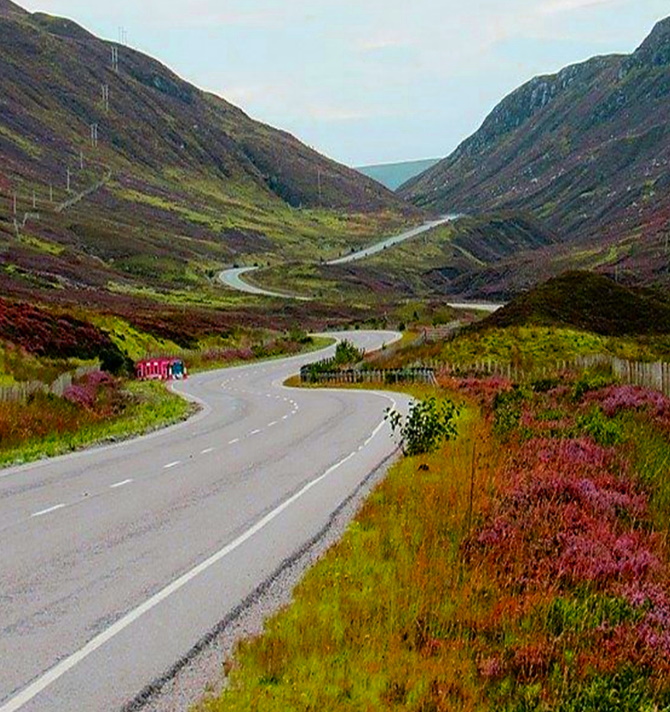
This is one of the most important considerations in the design of an itinerary. Unless we’ve got a group eight, it’s rarely cost-effective to deploy two vehicles. We need to construct something that allows either the golfer or the non-golfer to have primary use on any given day. If we’re staying in Edinburgh or Stirling for example, the golfer uses the vehicle to travel to the Lothian coast or Gleneagles. If we’re staying in St Andrews the non-golfer is better off using it to travel into Fife’s hinterland. In some cases, we can of course share it on a drop-off/ pick-up basis dependent on how close the point of interest is to a golf course. Portrush and the Antrim coastline is a good example
Faraway Fairways have delivered combo tours as simple two-person golf and non-golfer programmes, as well as groups of eight. A group of twelve (six golfers and six non-golfers) is probably about as high as you’d want to go before we had to start thinking about using a hired driver solution (which is something we’d prefer to avoid). Hired drivers are more rigid, and with the St Andrews ballot a likely influence in our plans, we want to be flexible. Practically speaking, we usually find that a couple of primary vehicle drivers emerge within a group, and the non-golfers then undertake much less demanding local journeys.
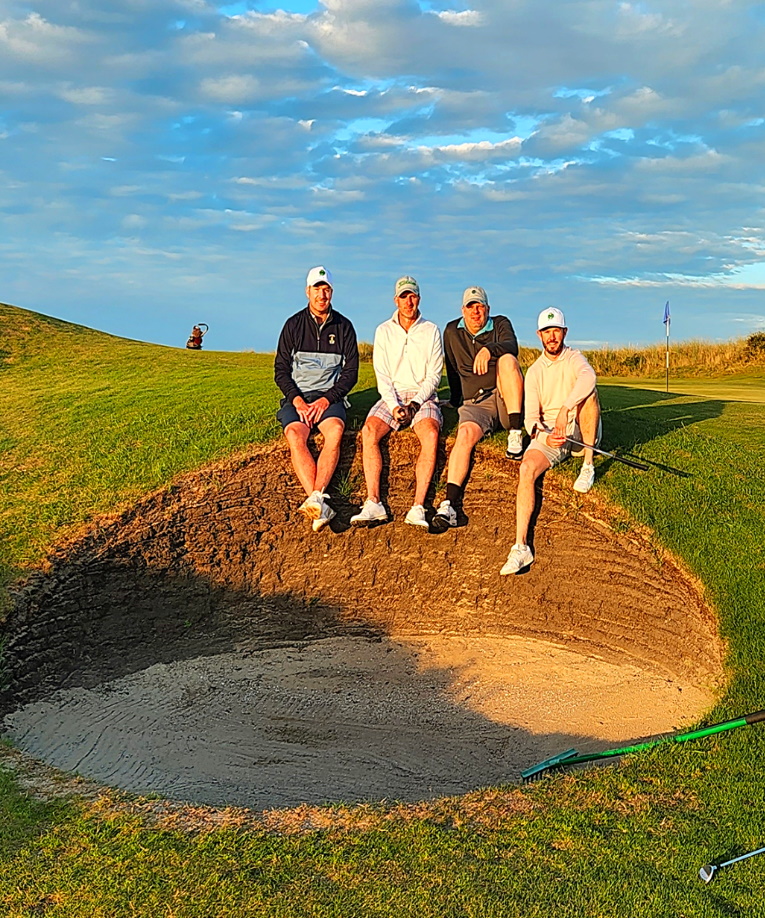
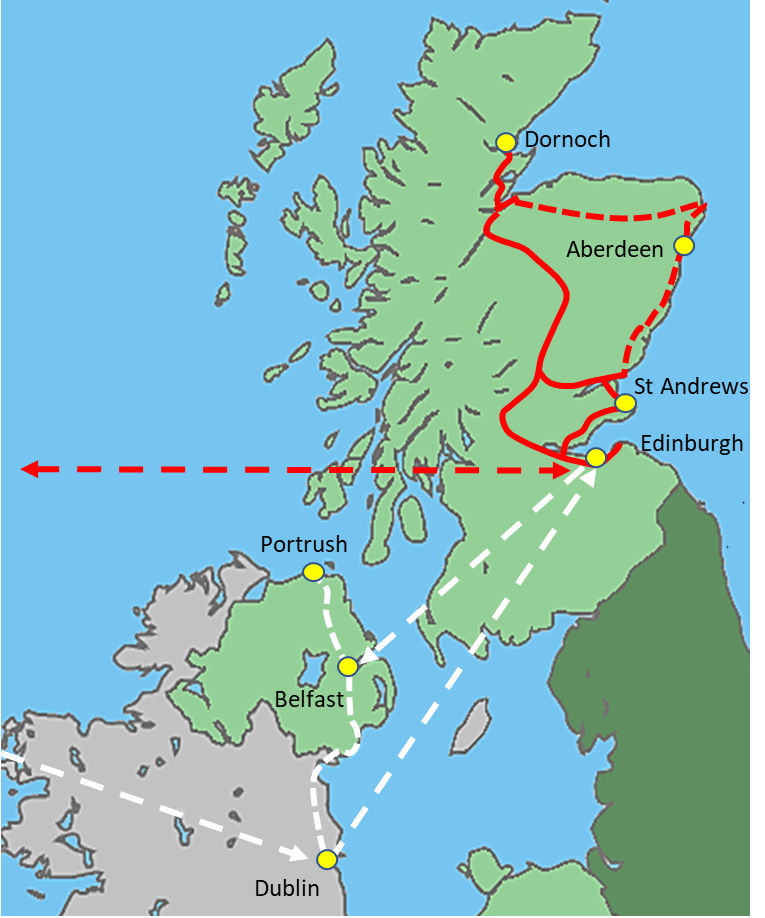
Dublin with Portmarnock is often a question of whether the airfare saving makes it attractive. Either way, we’d arrive in Edinburgh where we’d combine the Scottish capital with play at North Berwick and possibly Muirfield. It makes sense to take a joint day-trip for Stirling and Gleneagles here too. We then head north into the highlands, combining golf at Royal Dornoch, Castle Stuart and Nairn with non-golf at Culloden, Loch Ness, Speyside and Dunrobin Castle. We could try and add Cruden Bay and/ or Royal Aberdeen and come down the east coast, or head south to Carnoustie with Glamis Castle. Our final point is St Andrews with the kingdom Fife and then back to Edinburgh. If we’re ambitious, we could fly to Belfast and add Royal Portrush with the Antrim coast and finish at Royal County Down on the way back to Dublin
It’s unusual for a golf/ non-golf party to adopt a total “you do your thing, we’ll do ours” approach. It’s normally the case that they’ll spend a few days together and this always means the golfers engaging in some non-golf activity. The consequence of this is that combo itineraries tend to be less expensive than traditional golf itineraries.
Non-golfers usually generate less luggage (no golf bags). This can allow us to use a smaller (less expensive) vehicle or sharing one amongst more people. Three couples for example, will be able to use a single MPV, six golfers would need a second vehicle
Hired drivers become particularly expensive for a single couple, or even two couples and best avoided
